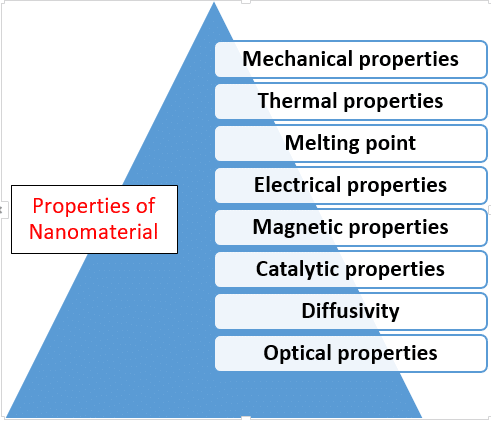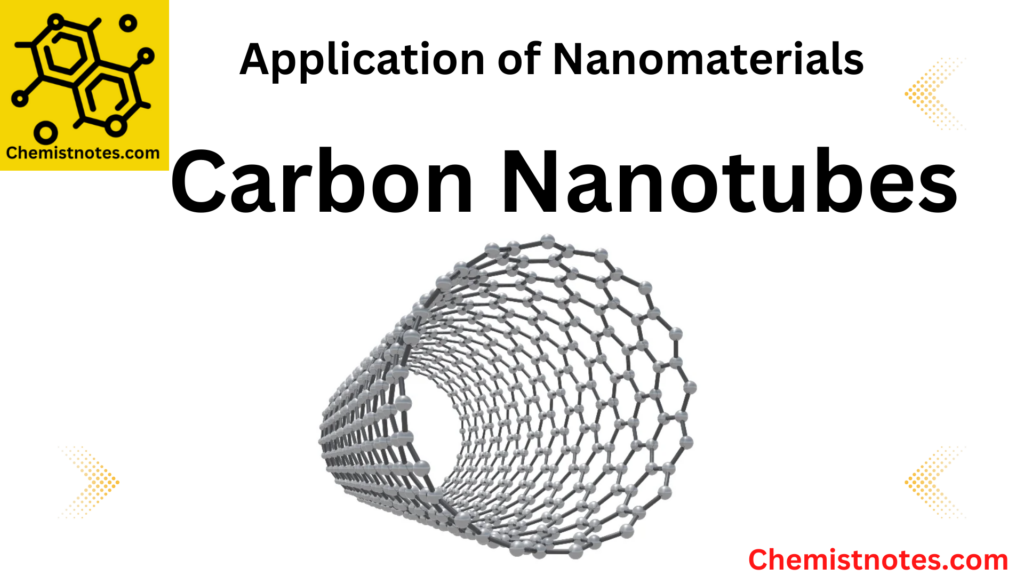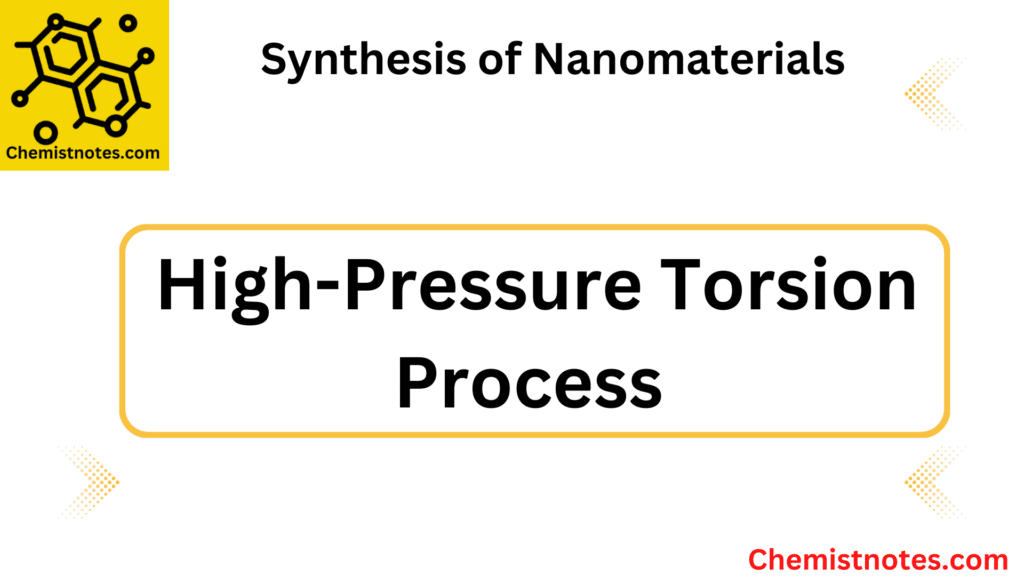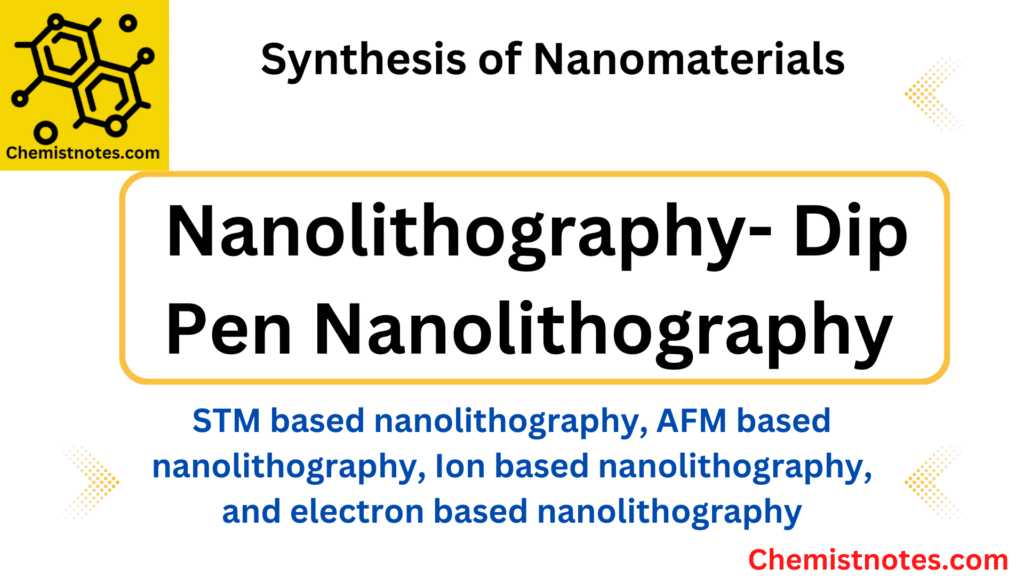Some of the properties of nanomaterials include mechanical, thermal, electrical, melting, magnetic, catalytic, diffusive, and optical properties. Nanomaterials exhibit these unique properties as compared to their bulk counterpart. The reason behind nanomaterials exhibiting such specific properties is attributed to their size.

Properties of Nanomaterials
Some of the major properties of nanomaterials are:
1. Mechanical properties of nanomaterials: The unique mechanical properties of nanomaterials are due to the increased number of surface atoms and interfaces, which in turn leads to increased density of defects like grain boundaries, dislocations, triple junctions, etc. Nanomaterials exhibit the following mechanical properties as compared to bulk materials:
- Increased strength
- Increased toughness
- Increased hardness
- Increased ductility
- Decreased elasticity
2. Thermal properties of nanomaterials: Due to the high density of defects compared to bulk materials, nanostructured materials have a higher thermal expansion coefficient, which measures how the size of the material changes as a function of temperature.
3. Melting point of nanomaterials: Nanostructured materials have higher proportions of atoms on the surface and at grain boundaries than in the interior as compared to bulk materials, and the number of surface atoms rises with decreasing size. When an atom’s vibrational amplitude exceeds its bond length, melting of the substance occurs.
When heat is applied, the atoms in the surface and grain boundaries vibrate more readily than the atoms in the interior, allowing melting to start on the surface and spread to the interior. This characteristic causes the melting point of a freely standing nanomaterial to be lower than that of bulk material. In the presence of nanomaterial, a matrix exerts pressure that limits the oscillation of surface atoms. Nanomaterial will have a greater melting point than bulk material under these circumstances.

4. Electrical properties of nanomaterials: Nanomaterials have lower thermal and electrical conductivities than bulk materials. The classical free electron theory of metals states that the movement of electrons within a metallic solid lead to electrical conductivity. Nanomaterials have a high density of grain boundaries, which makes electric-phonon and phonon-phonon scattering effective and reduces conductivity.
5. Magnetic properties of nanomaterials: Materials with nanostructures have higher saturation magnetization and magnetic coercivity values. If the external magnetic field is unable to further alter the magnetization of a material, it is said to be in a magnetically saturated state. The amount of magnetic field required to get a ferromagnetic material’s saturation magnetization to zero is known as magnetic coercivity. Coercivity and saturation magnetization are both used to measure a magnet’s strength. Due to the lowered size effect, the value of both of these attributes has increased. Small particles have a single magnetic domain behavior that is easily aligned by an external magnet, giving rise to improved magnetic properties.
6. Catalytic properties of nanomaterials: The surface area of a substance affects its catalytic activity. A study reveals that the percentage of surface atoms rises exponentially as size decreases. Greater surface area due to an increased fraction of surface atoms exerts stronger catalytic activity than bulk material.
7. Diffusivity: Nanostructured materials have more interfaces than bulk materials since they are smaller in size. The interface offers simple diffusion pathways. Therefore, self-diffusion along the defect side is more effective in nanostructured materials than in their bulk analog.
8. Optical properties of nanomaterials: When compared to bulk materials, nanomaterials exhibit distinctive optical characteristics such as greater scattering, absorption, and luminescence. The shape and size of nanoparticles can be altered to change their optical properties. Such unique optical properties can be explained by considering Quantum confinement and surface plasmon effects:
- Quantum Confinement: Quantum confinement is a prominent effect in semiconducting materials having one dimension in the range of 1-10 nm. In bulk materials, the exciton-Bohr radius (exciton is the electron-hole pairs present in a material and the distance of separation between them is the exciton-Bohr radius) is much smaller than the size of bulk material, while in the case of semiconducting material, the exciton-Bohr radius is smaller or comparable to the size of bulk material. Thus, it is confined since exciton cannot extend to its natural limit. This phenomenon is called quantum confinement. Due to this effect, the energy level of both the valence band and conduction band becomes discrete, and the band gap energy changes significantly in comparison to the bulk material. The larger the size of nanomaterial, the smaller will be the band gap energy and vice-versa. This results in a blue shift in optical property.
- Surface plasmon effect: Similar to how photons are created by quantizing light and sound waves, plasmons are quasiparticles created by quantizing plasma oscillations. Another quasiparticle known as a plasma polariton can be produced when plasmons combine with a photon. Surface plasmons (SP) are types of plasmons that are restricted to surfaces and interact with light intensely to produce polariton. SPs are responsible for the nanomaterial’s color. When the size of the metallic particle becomes smaller than the wavelength of light and the natural oscillation frequency of the plasmon becomes equal to the frequency of light used, then the surface plasmon is excited or resonance is achieved called the surface plasmon effect. For example, the frequency for spherical gold particles is roughly 0.58 times that of bulk plasma. Consequently, the SP frequency is in the visible range even though the bulk plasma frequency is in the UV region (wavelength close to 520 nm). If a wave of light is applied to a suspension of nanoparticles in a host, the local electric field may be greatly amplified close to an SP resonance.






